Archives Research
£30.00
We offer a paid-for research service to members of the public looking to find out more about items in our collections.
Tyne & Wear Archives & Museums
We bring you art, history, science, archives...you bring it to life
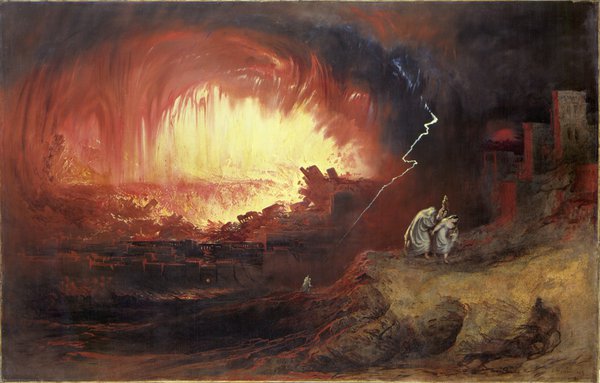
(Image: The Destruction of Sodom and Gomorrah (1852) by John Martin. From the Laing Art Gallery)
The only Roman stone toilet seat in Britain can be found at Segedunum Roman Fort.
Catherine Cookson's first commercial drawing is in the collection of South Shields Museum.
And the Laing Art Gallery in Newcastle holds one of the world's most important collections of work by 19th century artist John Martin.
Together, Tyne & Wear Archives & Museums' venues have vast collections of archives, art, archaeology, military and social history, maritime history, science and technology, natural sciences and ethnography.
Some of our collections – the art, natural science, archives and science and industry – have been awarded Designated status by the DCMS in recognition of their national importance.
Explore our collections to find items that are hundreds of millions of years old; MP3 players and computer games which we've collected to represent life today; and objects ranging from huge locomotives and engines to tiny insects.
Please get in touch with us (via phone, email or letter) before bringing in your items to describe what you would like to offer, or what you need help with identifying. Send us a photograph if possible.
We’ll reply letting you know if your offer is something we can accept, if we need more information, if we cannot accept your offer or to arrange a time for you to bring your item in.
There are a variety of reasons that we may not be able to take your donation. We have a Collections Development Policy that we must use when making a decision.
Please note that unless there are compelling and legitimate reasons, hazardous objects and substances will not be accepted.
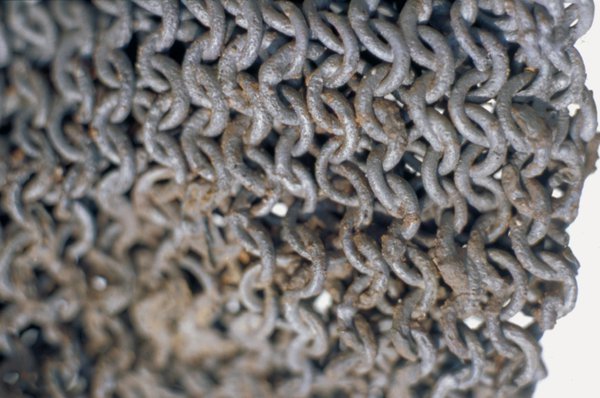
The archaeology collection is based around finds and archives from excavations taking place at Arbeia, South Shields Roman Fort and Segedunum Roman Fort from the 19th century right up to the present day.
We also hold finds from modern archaeological fieldwork that has been carried out within the Tyne and Wear region, a large prehistoric collection from Wearside and archaeological material from elsewhere in Britain, Ireland, Europe and Egypt.
Highlights of the Archaeology collection include:
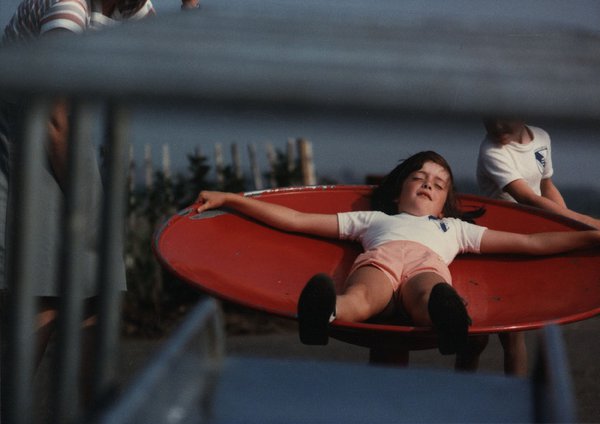
(Image: A 1970s Washington play park. Photo from Tyne & Wear Archives)
Tyne & Wear Archives hold documents relating to Gateshead, Newcastle upon Tyne, North Tyneside, South Tyneside and Sunderland, dating from the 12th to the 21st centuries.
The collection includes:

(Image: Family Feast by Barnaby Barford, from the Shipley Art Gallery).
Fine art
TWAM's collection of oil paintings, watercolours and drawings, prints and sculpture ranges in date from the 15th century to the present day. It is particularly strong in British paintings from 1800 to 1950, and includes work by Edward Burne-Jones, William Holman Hunt, and Stanley Spencer. The Laing Art Gallery in Newcastle is also home to one of the world's most important collections of artwork by 19th century artist John Martin and a selection of his paintings can often be seen on show in the Laing's 18th and 19th century gallery.
There is also an important collection of 16th and 17th century Dutch and Flemish works, and continental paintings include masterpieces by Tintoretto and Gauguin (Tintoretto's Christ Washing the Disciples’ Feet (1548-9) can be seen at the Shipley Art Gallery in Gateshead).
The collection of watercolours are of international significance, and the extensive print collection includes work by Thomas Bewick.
Decorative art
The wide-ranging decorative art collections are mainly 18th to early 20th century in date. Key areas are glass, silver and ceramics, focusing on works made in the North East. These include 18th century Beilby glass, the 1824 Londonderry Glass Service, pottery produced on Tyneside and Wearside and a collection of Newcastle silver. Non-European collections include Chinese and Japanese ceramics, metalwork and lacquer.
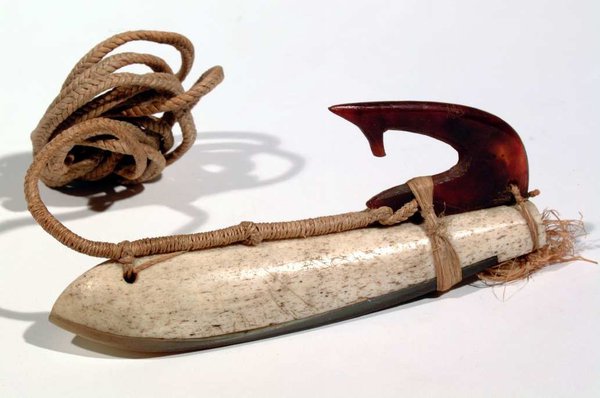
Our ethnography collections are concerned with human cultures and help us to understand different societies through the things they have made and used.
The ethnography collections at the Great North Museum: Hancock include material from Africa, Asia, the Pacific and America.
Items from the Pacific are particularly well represented in the Great North Museum’s collections and include a decorated Maori paddle, from New Zealand, that was collected on Captain Cook’s first voyage around the world.
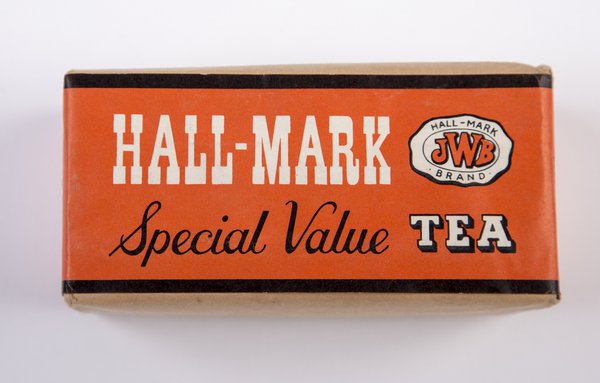
(Image: Packet of Hall-Mark Special Value Tea, 1914, from South Shields Museum)
Maritime History
The maritime collection reflects the pre-eminent role of the North East shipbuilding industry from 1800 -1980 and includes Turbinia, the world's first turbine-powered vessel. There is also an internationally significant collection of more than 500 models of ships built in famous Tyneside and Sunderland shipyards.
Science and Industry
The science and industry collection celebrates the region's vibrant history of innovation, enterprise and achievement and includes several world 'firsts'. For example, the invention of the light bulb by Joseph Swan is marked at Discovery Museum by a collection of historic electric lamps. There are also examples of the steam turbine, pioneered on Tyneside by Charles Parsons for electricity generation, and of the Doxford marine diesel engine, developed on Wearside and used for ship propulsion worldwide.
Costume and Textiles
Costume and textiles covers adult and children's wear, accessories and textiles, mainly from the locality from the 4th century AD to the present day.
Social History
The social history collection represents life in Tyne and Wear from the 17th century to the present. It focuses on communities, personal and family life, popular culture, and work.
Contemporary Collecting
We collect objects from the present as well as the past including clothing, technology, toys, retail equipment and household goods. Modern objects capture the history of today for future generations and preserve it for the future so that people can understand what life was like in the 21st century.
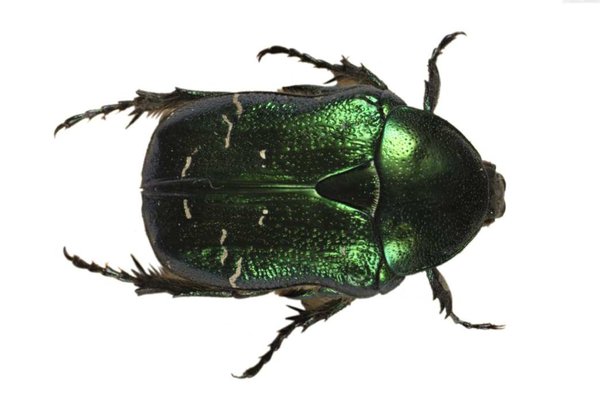
(Image: Rose Chafer beetle from the Great North Museum: Hancock)
TWAM's largest natural science collection can be found at the Great North Museum: Hancock and is owned by the Natural History Society of Northumbria.
It includes most groups of animals, plants, rocks, fossils and minerals, mainly from the British Isles but also from all over the world. Some of the more important collections include rare fossil amphibians and plants from the coal measures of Northumberland collected by Thomas Atthey and William Hutton, African mammals collected by Abel Chapman, pressed plants (some from the late 18th century), huge bird and birds' eggs collections, beautiful sea slugs collected by Albany Hancock and Joshua Alder, and a large collection of tiny sea creatures collected by George Brady, many from the famous round-the-world Challenger expedition of 1872-1876.
Many items from the Great North Museum: Hancock collection are housed in the Resource Centre in Discovery Museum.
There are over 600,000 specimens in the natural science collections managed by Tyne & Wear Archives & Museums. They are Designated as nationally important and are amongst some of the finest collections of their kind in the UK.